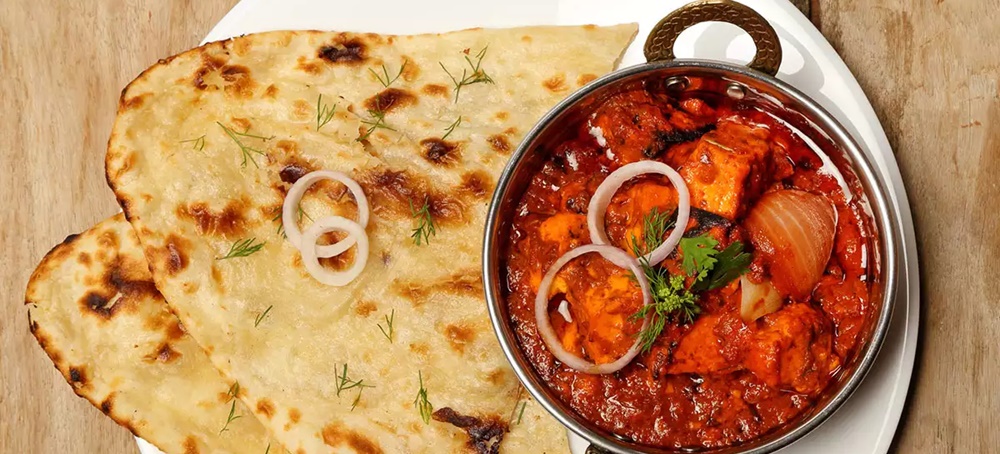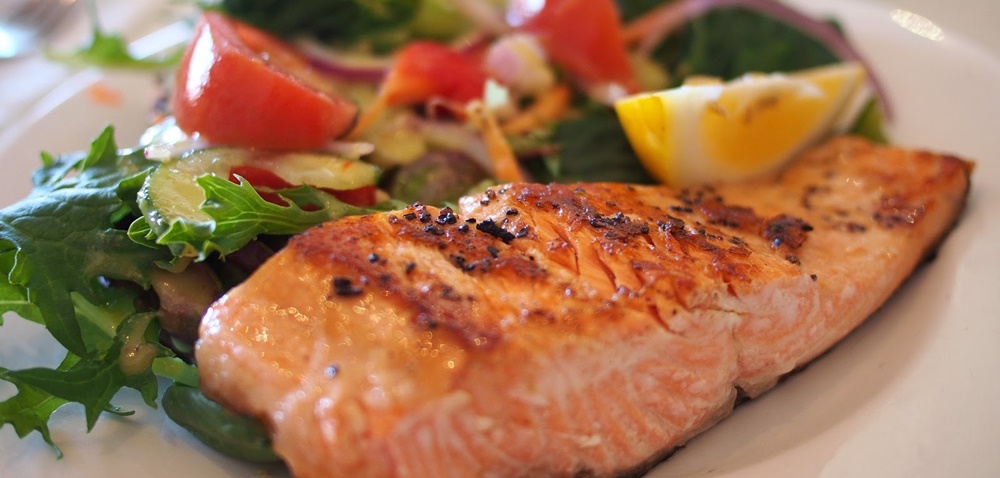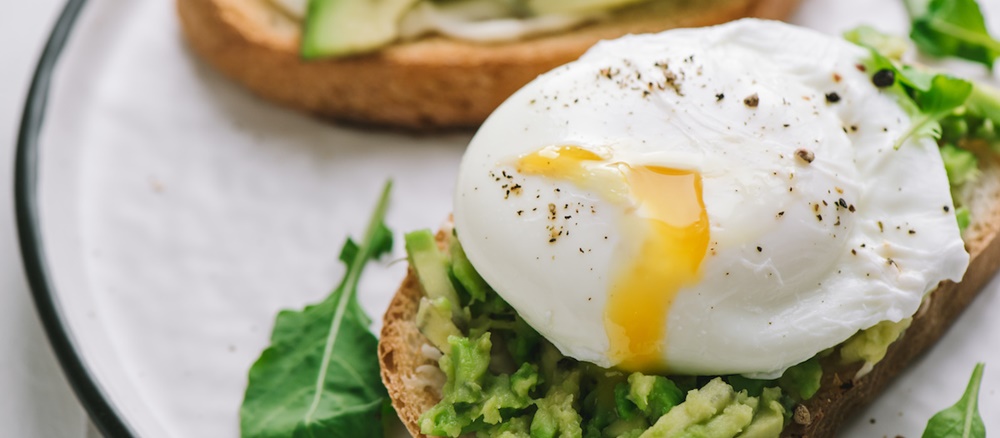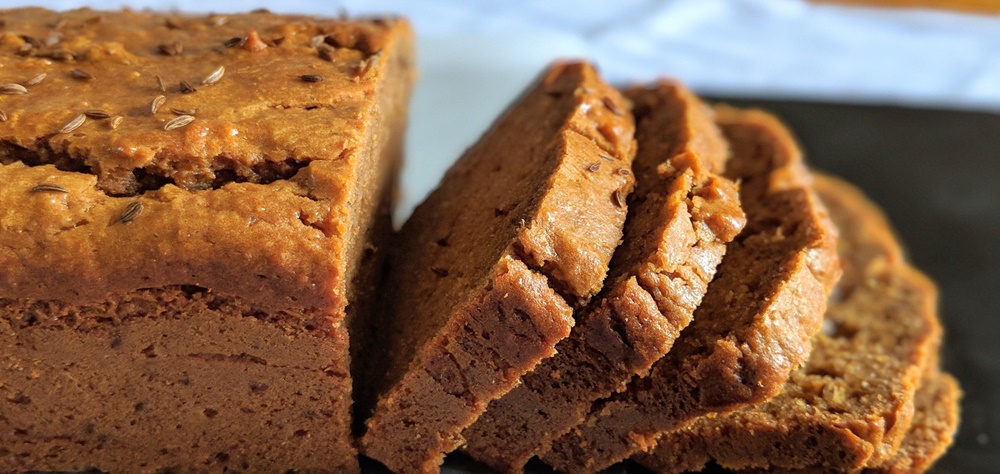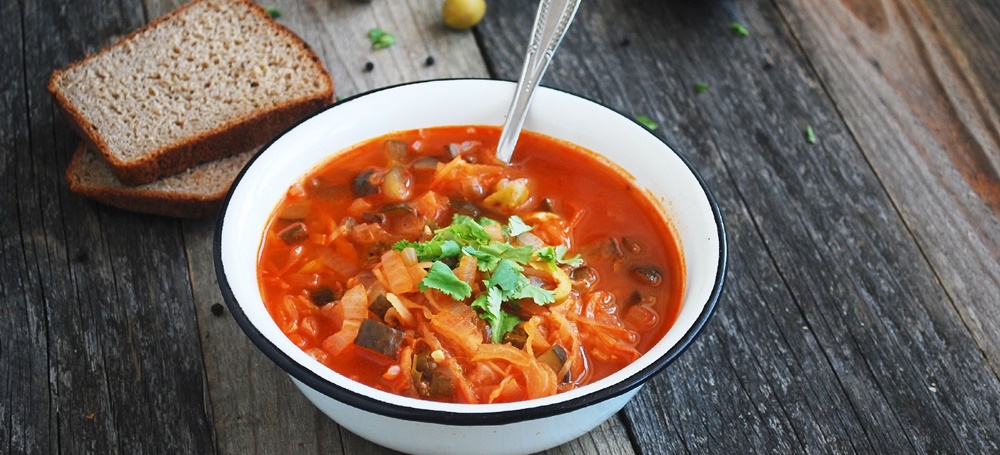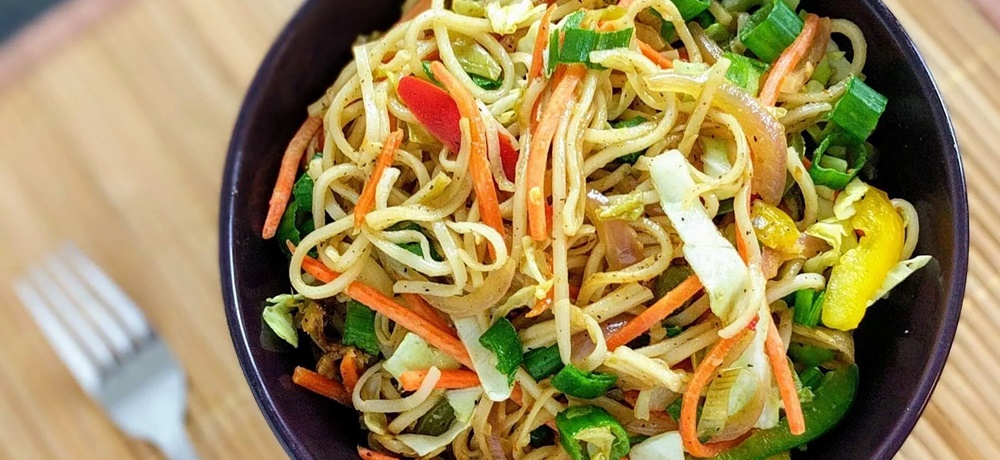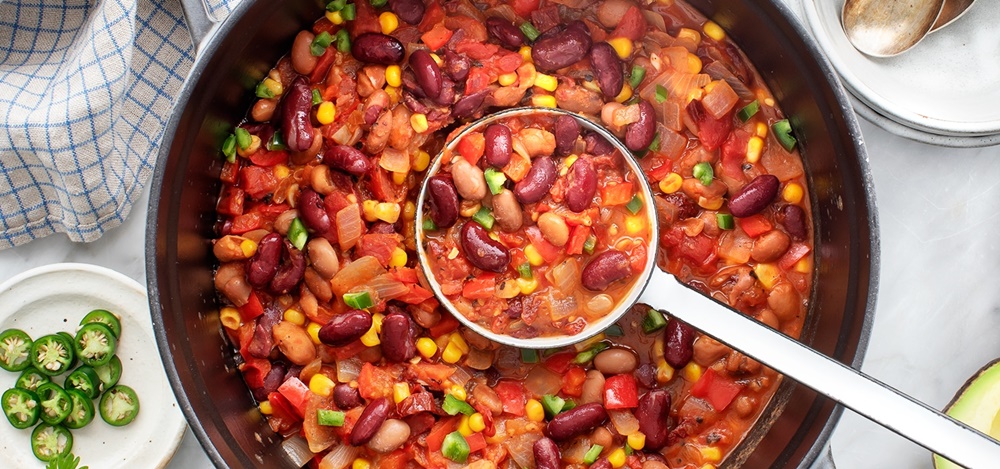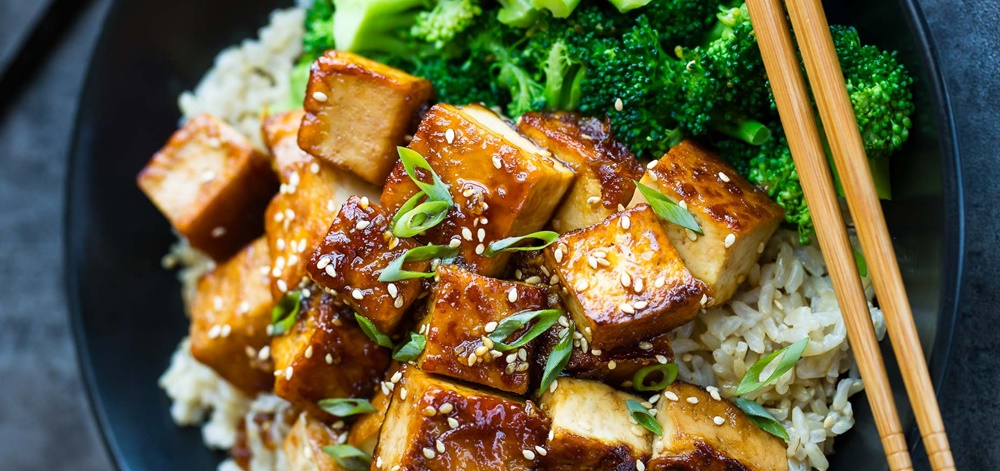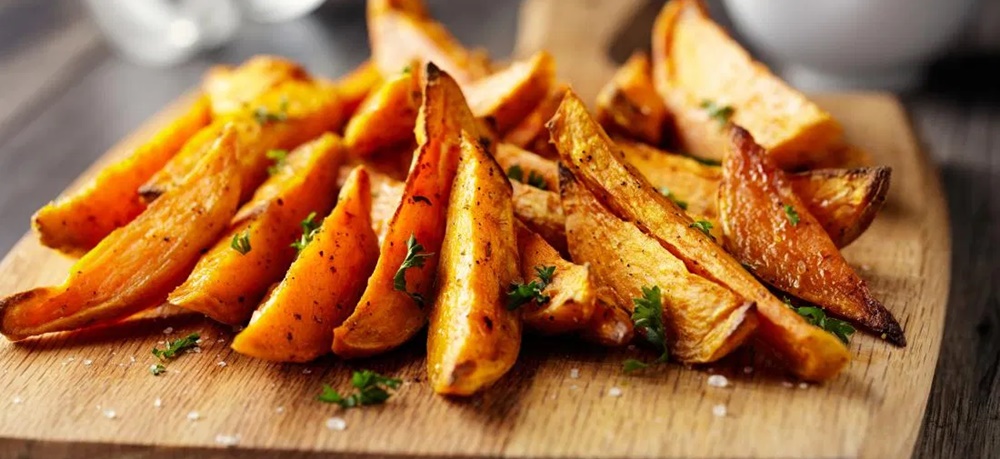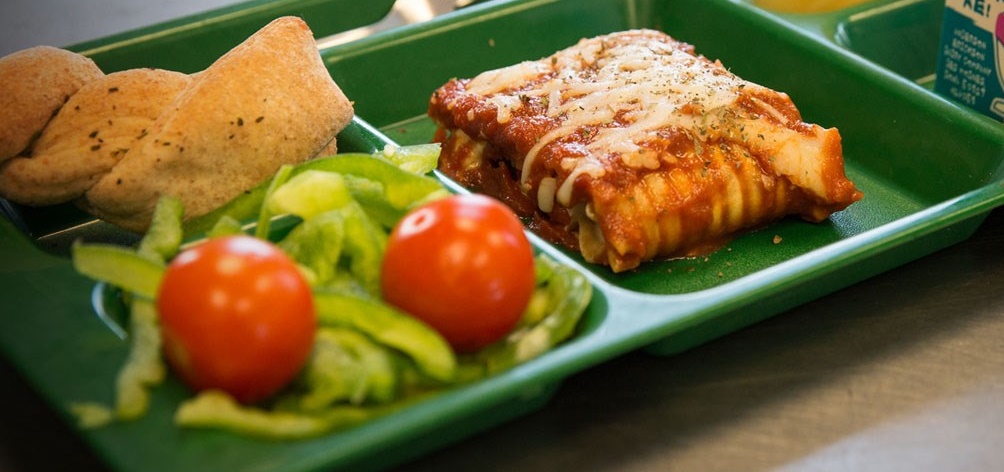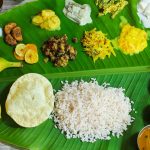Different type of Special Meal Types in the Travel Industry- A Must Read for Hospitality Professionals & Travellers
World cuisines differ greatly in their cooking styles, textures, flavors, as well as ingredient. Another major factor is the inclination of people belonging to a particular region and religion. Because of this, there are different meal types.
Why do we like to eat certain foods? Why do some people love to eat spicy food but others don’t? And some love vegetables but others not so much? Why does nuts cause allergy to some people? Not everyone has the same taste. Food preferences develop from an early age, often people prefer to eat what they have been eating since childhood. Some even like to change their eating habits later in their lives. Food preference is very subjective.
Food allergies, diseases and intolerance are also reasons why people choose different meal types. In the event that any person has a medically-diagnosed food allergy, suitable medical advice and any dietary needs to keep away from a particular type of food or ingredients must be intently followed. Medical advice must be sought before removing any food from the diet.
Food choices vary from person to person and people prefer their food depending on their moods too. There are a host of meal types based on religious beliefs, diets and specific diseases. In this article we have put together different type of special meal types:
1.Kosher Meal

For some Jews, kosher is about something beyond food safety or health. It is about worship and adherence to religious beliefs. All things considered, not every single Jewish individual sticks to tough kosher rules. A few people may pursue just some rules — or none at all. Kosher dietary rules prohibit certain food pairings — especially that of dairy and meat.  As indicated by kosher beliefs, any meat may never be served or eaten at the same time as a dairy item. After eating dairy, you have to wait for a particular time period before consuming any meat product.
There are three main kosher food categories:
Dairy: Milk, butter, cheese and yogurt.
Meat: Mammals or fowl, and items derived from them, including broth or bones.
Pareve or neutral: Any food item that isn’t meat or dairy, including eggs, fish, and plant-based food.
Kosher meals can have plant-based foods that they don’t contain dairy or meat and may be eaten with either of those food groups. Fruits and vegetables are kosher in their unprocessed form. Grains and grain-based foods Grains in their purest form are considered kosher. However, certain processing methods may eventually make them not kosher.
2. Jain Meal
Jain vegetarianism is the eating custom of the Jains, the followers of Jainism. It is the strictest type of religious diet guideline in the Indian subcontinent. Jains forbid the eating of meat as well as fish due to their belief of non-violence.
Food items which contain even little traces of the dead animals or eggs is totally prohibited. Some Jain researchers and activists support veganism since producing dairy items includes considerable violence against cows. These meals do not include honey since its collection causes violence against the honey bees. Jain meals don’t include any root vegetables like potatoes, roots, onions, and tubers. Yogurt or any fermented food is also excluded from the Jain meals.
3. Muslim Meal
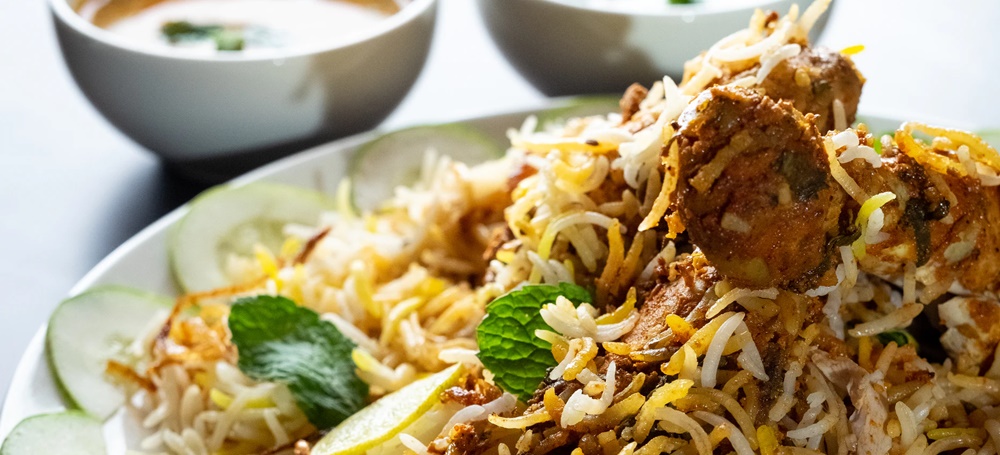
The MOML or Muslim meal is a meal that is made as per the Islamic custom and beliefs. No Haram items will be utilized in these meals . Haram includes pork items, liquor, gelatin, flavors derived from liquor, non-halal meats, shellfish, as well as fins and scales from fish.
This meal contains an assortment of dishes possibly including fish, lamb, chicken, vegetables, eggs, dairy products and fruits. MOML is referred to as halal meals that are suitable for the Muslim community and are made as per the Halal technique.
4. Pure Veg Meal
Pure veg meals satisfy vegetarian guidelines by excluding meat and animal products. It can contain a wide range of vegetables, dried fruits, dairy items, fruits, tofu, oat, grains, legumes as well as veg gelatin. If are a foodie but also want have a healthier lifestyle, you could think about eating pure veg meals. It is anything but difficult to cook, gives numerous choices, and tastes extraordinary!
5. Hindu Meal
The Hindu Non-Vegetarian meal or Hindu meal is a meal for individuals who follow Hinduism. Meals are non-veg and cooked in an Indian style. It can contain chicken, fish, lamb, eggs, milk, dairy items and grains. It doesn’t contain beef, veal, or raw or smoked fish.
6. Japanese Meal
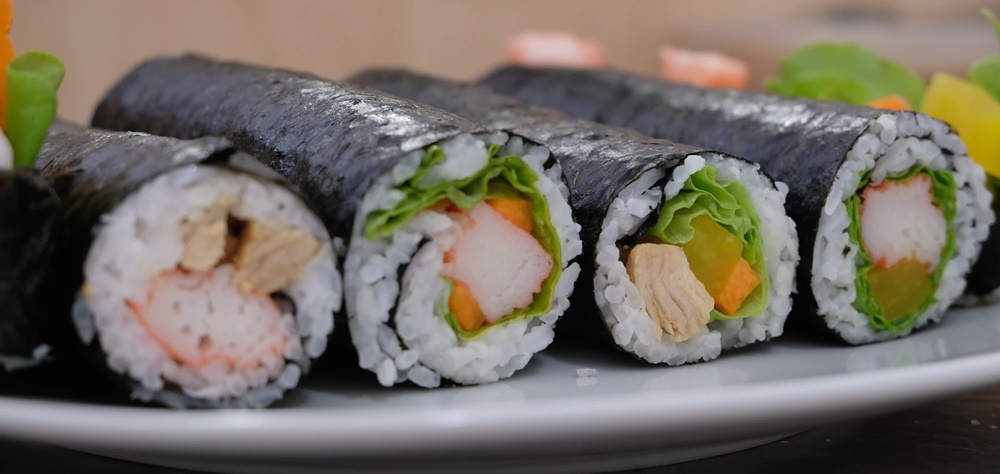
Japanese meals are obviously meals that Japanese people traditionally make and eat. This is extremely healthy and also contains very less oil. It can contain Rice, Sushi–sashimi platters, Seaweed, furikake (rice seasoning), Soup, Vegetables, Pickles, etc.​
7. Allergen-Free Meal
A significant number of dishes utilize common allergy-inducing ingredients, so we recommend that everyone should be careful about reading labels to ensure the meal is okay for you to eat. Food allergy guidelines advocate avoidance of items with potential cross-contamination of foods that could contain allergens. In the event that you, your kid or somebody you know has an allergy – finding something which you can eat without getting an allergic reaction can get rather troublesome.
90% of all food reactions are brought about by only 8 common food item allergens. These are eggs, milk, tree nuts, peanuts, fish, shellfish, soy and wheat. Allergen-free meals do not contain these items.
8. Seafood Meal
The Seafood meal is a meal choice for people who wish to just eat seafood. These sorts of meals exclude any meat whatsoever and it will just have fish or shellfish. They can be made in various ways. The seafood will typically be presented with potatoes and vegetables, and other carbohydrates.
9. Low Lactose Meal
People who do not like milk and milk products can have this meal. What is a low lactose meal? Â It will just contain traces of lactose.
10. Bland Meal
This meal is for people who experience the bad effects of gastric inconvenience. It contains low-fat food items, is non-spicy and has low dietary fibre.
The meal can contain fish, grilled lean white meat, cooked vegetables, fruits, for example, watermelon and melons, egg white omelette, poached eggs, less seasoned or spicy food, bread and low-fat dairy items.
It doesn’t contain onions, garlic, cabbage and cauliflower, flavours, (for example, chilli or black pepper), seared and greasy food items, dried as well as raw fruits, citrus fruits, raw vegetables, whole grains, pickles, exceptionally seasoned meats, and excess sugar.
11. Low-Calorie Meal
People who have been encouraged to diminish their calorie consumption may try for this meal. It contains food items that are high in fibre and does not contain food items that are sweetened or greasy. Â This type of meals will help you keep in shape.
12. Gluten Free Meal
This meal is accessible for people who are unfavorably intolerant or allergic to gluten. This meal does not contain any wheat-based items.
It can contain gluten-free bread and cakes, dairy items, fresh fruits and veggies, pulses, fish, lean meats, salads, corn, and wheat-sans foods like rice, potatoes, buckwheat and quinoa.
It doesn’t contain wheat-based bread, pasta, custard, sauces, wafers, semolina, grain, crackers, rye and oats.
13. Diabetic Meal (DBML)
This is a low-sugar meal for people with diabetes i.e. high sugar levels.
It can contain high fibre foods, grilled lean white meat, fish, wholegrain grains (whole pasta, brown rice, quinoa, grain, sweet potatoes, boiled, mashed potatoes with skin, vegetables, fruits, low-fat dairy items and diabetic-accommodating items like jam without sugar.
It doesn’t contain refined sugar (just certain sugar substitutes might be utilized), processed foods, fried food items, sweetened dairy items, cream-based sauces and canned products.
14. Low Salt Meal (LSML)
This meal is for people who suffer from heart and/or kidney issues.
It doesn’t contain salty cheese, dressings, sauces, cured meat or canned food item, and baking powder and soda are limited in amount. Â It can contain salt-free butter, foods with low sodium content and fresh or frozen foods.
15. Low Fat Meal (LFML)
This meal is accessible for people who need to limit their consumption of greasy food items.
It can contain egg whites, olive oil, rice, fish, grilled lean meats, wholegrain bread, grains, vegetables, fruits and low-fat dairy.
It doesn’t contain full-fat milk, cheese, cream, butter, egg yolks, and meats with higher fat, processed foods, fried food, mayonnaise and rich desserts.
16. Fruit Platter Meal (FPML)
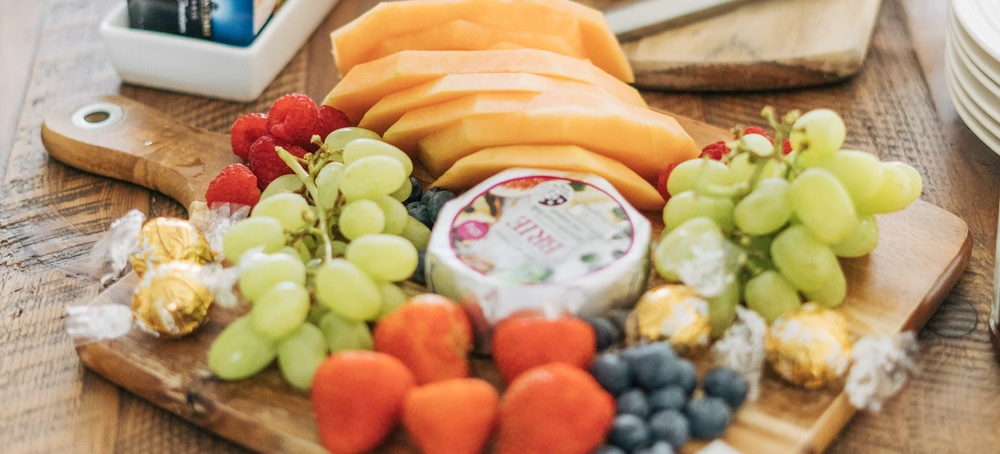
This meal is for people on a diet. It might likewise be eaten by individuals from specific religions who eat just fruit while fasting.
The meal can contain dried fruits sulphites free and fresh fruits. It doesn’t contain canned fruits, additives and preservatives.
17. Vegetarian Oriental Meal (VOML)
Chinese Style of cooking is typically used in preparing this meal. The VOML or Vegetarian Oriental Meal is an extraordinary meal for people who love an oriental style meal. It won’t contain any animal items, poultry, eggs, or dairy items. It will anyway include fruits, vegetables, noodles, rice, and grains.
18. Raw Vegetarian Meal(RVML)
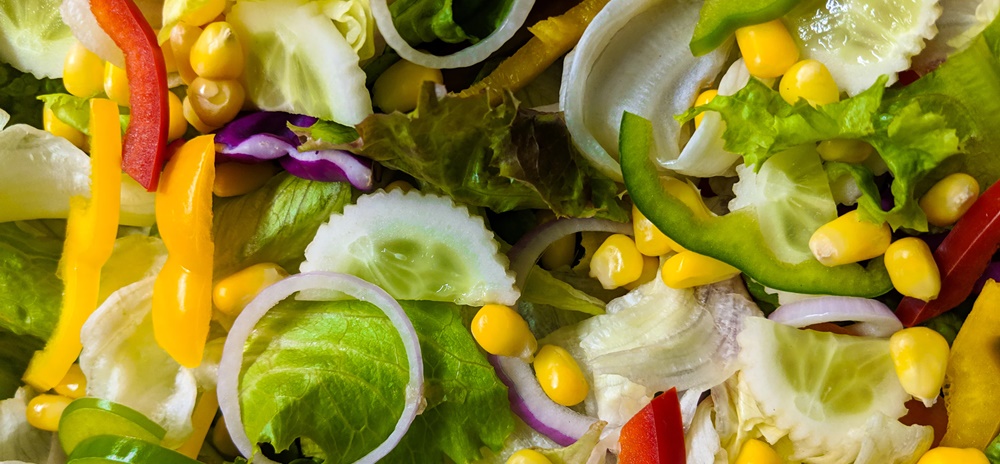
This meal consists of raw vegetables, fruits, salads and fruits and vegetable juices. Evidently, Raw Vegetarian meal is very healthy!
It does not contain any poultry, meat, fish, eggs, seafood, dairy items, processed foods, preservatives and additives.
19. Vegetarian Vegan Meal (VGML)
This is a Western-style veggie meal that avoids animal-derived ingredients.
It can contain a wide range of vegetables, legumes, fruits, grains, oats, veggie gelatin as well as tofu.
It doesn’t contain any animal products or by-products, for example, dairy items, eggs, animal gelatin and any kind of meat or fish or honey.
20. Vegetarian Lacto-Ovo Meal (VLML)
The veggie Lacto Ovo meal or VLML is a vegetarian meal with the inclusion of dairy and eggs. It doesn’t contain any meat or meat items, poultry, fish, or items with gelatin or lard. This meal is appropriate for individuals who don’t eat any meat whatsoever yet eat dairy items. Meals may include cheese, butter, milk, eggs, soya, dessert, vegetables, fruits, pulses, dried beans, spices, herbs, oil, and margarine derived from plants.
21. Non-Lactose Meal (NLML)
This meal is for the individuals who are unfavorably intolerant or allergic to dairy items, or those experiencing low lactose levels.
It can contain vegetables, fruits, tofu, soy milk, pasta, rice, oats, pulses, meat or fish.
It doesn’t contain dairy items, breakfast cereals, sauces that are creamy, sauces made using dairy, croissants, rolls or milk chocolates.
22. Asian Vegetarian Meal (AVML)
The Asian Vegetarian Meal is a veggie meal that usually incorporates flavours and spices from India. It will normally contain vegetables, legumes, dried as well as fresh fruits, dairy items, tofu, grains, oat, and veggie gelatin. There won’t be any eggs, meat, or fish and is fit for vegetarian people who love an Asian style vegetarian meal.
23. Baby Meal (BBML)
This meal is for newborn children under two years of age. It is best for guardians to carry food item preferred by and familiar to their infants.
The meal can contain strained vegetables and meats.
It does not contain any highly seasoned or spicy food, wheat, citrus fruits, solid foods or food with fish.
24. Child Meal (CHML)
This meal is for kids between the ages 2 and 12. It can contain fish, chicken, pasta, vegetables, crisps, saltines, chocolate, milk, fruits juices and dairy items.
It doesn’t contain highly processed food item and rich sauces.
If you have ever been to a restaurant with your family or friends, you would have probably noticed that most people like to order different meals. In fact, if there are 6 people with you, more often than not they all order different food.
The meal types are varied. Even if you don’t follow religious beliefs, you may want to eat different meal types once in a while. As the old adage goes, after all, variety is the spice of life. And when it comes to food, it is very true. We love to try new cuisines and new meal types.
If you are planning a visit to Kerala, you must take a look at the must-have delicacies of the state. There are many meal types on offer!




